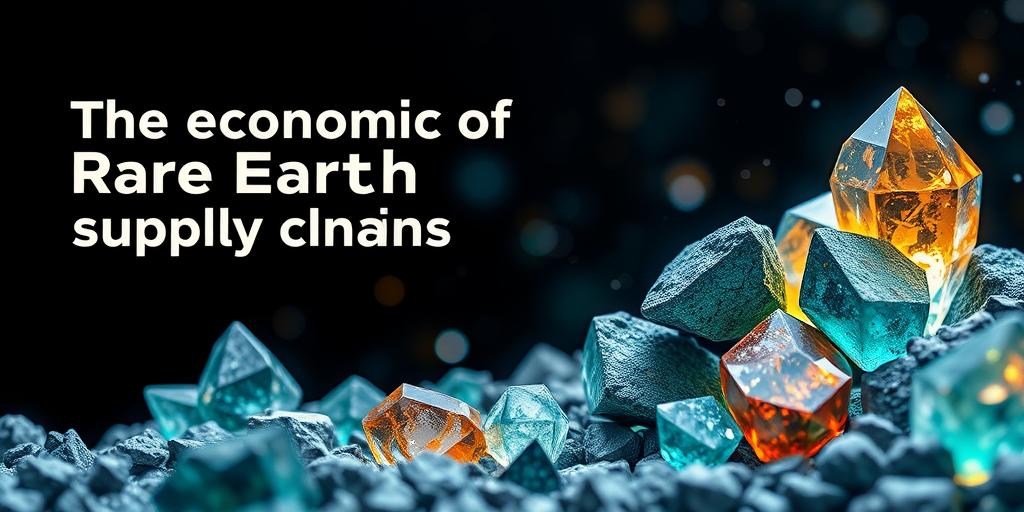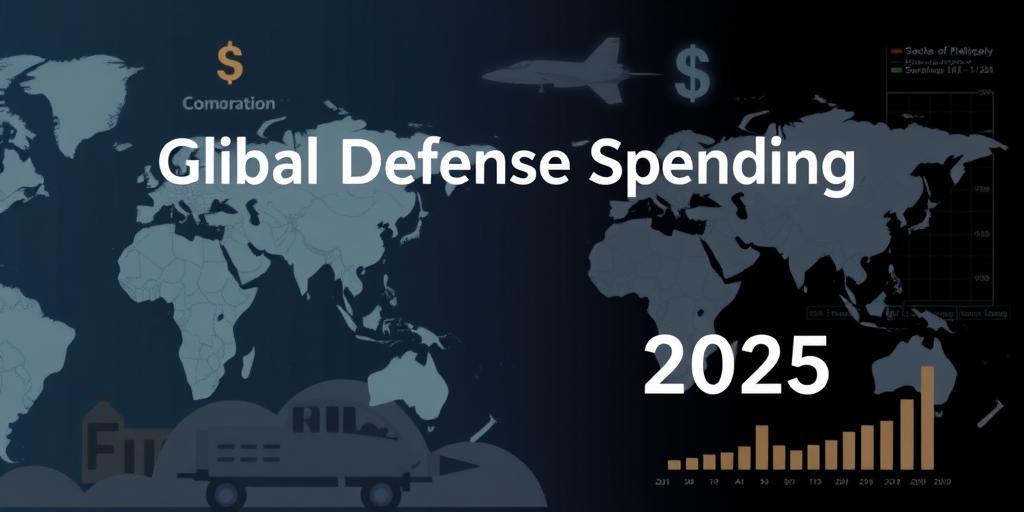
The Economics of Rare Earth Minerals Supply Chains (2025)
Alright, let’s dive into the wild world of rare earth minerals! It's 2025, and these materials are EVERYWHERE – from your phone to electric cars. But where do they come from, and why is everyone talking about supply chains? Let's break it down.
First off, what ARE rare earth minerals? These aren't your average rocks. We’re talking about a group of 17 elements that have unique magnetic and conductive properties. They're essential for making high-tech gadgets work. Think neodymium for magnets in electric motors and dysprosium for lighting up your phone screen. Basically, no rare earths = no cool tech.
So, where do we get this stuff? Historically, China has been the big player. Like, REALLY big. They control a massive chunk of the mining and processing. This isn't a problem until you start thinking about, well, what happens if they decide to squeeze the supply? That's where the economics gets spicy.
The Supply Chain Squeeze:
- Geopolitics: Let’s be real – global politics can change overnight. Trade wars, embargoes, you name it. If China decides to limit exports (for whatever reason), tech companies around the world will scramble. We’re talking price hikes, production delays, and a whole lot of headaches.
- Diversification Dilemma: Everyone knows that relying on a single supplier is risky. So, countries are trying to diversify their sources. But opening new mines and processing facilities is expensive and takes time. Plus, it's not exactly environmentally friendly.
- Recycling Reality: Could recycling save the day? Maybe. But right now, recycling rare earths is tricky. It's not as simple as melting down old phones. We need better technology and infrastructure to make recycling a viable solution.
Economics 101:
Here’s the basic equation: High demand + limited supply = $$$$$$. Companies are willing to pay top dollar to secure these minerals. This is driving investment in new mining projects and recycling initiatives. But it's also creating a bit of a gold rush mentality, which can lead to some questionable practices.
- Price Volatility: Rare earth prices can swing wildly based on supply chain news, geopolitical events, and even rumors. This makes it hard for companies to plan long-term. Imagine trying to budget for electric car production when the price of neodymium could double next week!
- Innovation Incentives: High prices also encourage innovation. Companies are looking for ways to use fewer rare earths in their products or find alternative materials altogether. This could lead to some cool breakthroughs in materials science.
- Strategic Stockpiles: Some countries are building up strategic stockpiles of rare earth minerals, just in case things get dicey. Think of it as an emergency reserve for the tech industry.
What’s Next?
It's clear that rare earth mineral supply chains are a hot topic. As we move further into the 21st century, securing a stable and sustainable supply will be crucial. Whether it’s developing new mines, improving recycling, or finding alternative materials, one thing's for sure: the economics of rare earths will continue to shape the tech landscape for years to come. Stay tuned!








